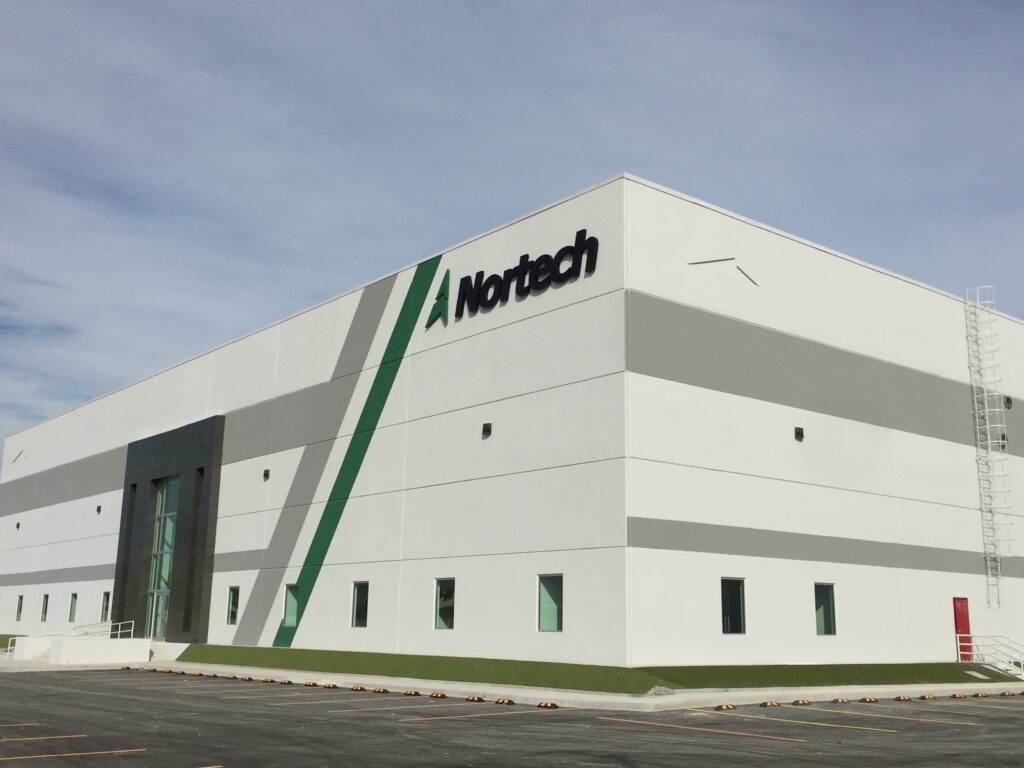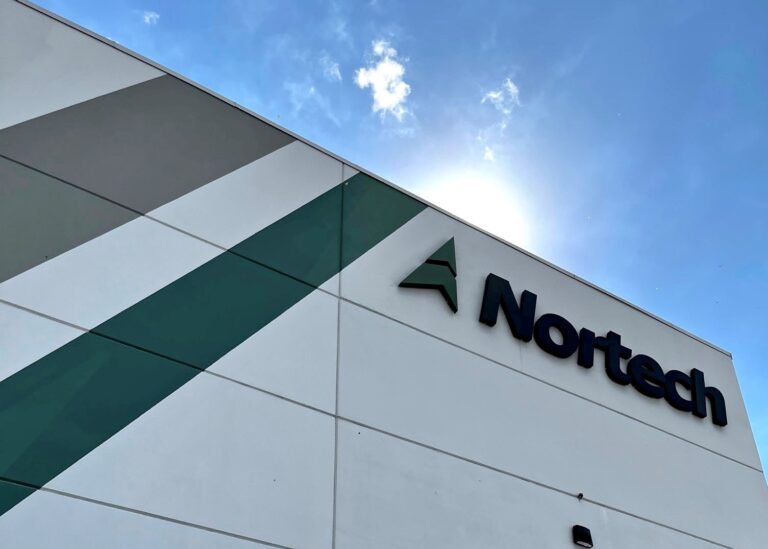In today’s fast-paced electronics industry, protecting delicate PCBAs and cable assemblies has become vital for manufacturers. Low-pressure molding cable assemblies (LPM) has emerged as a favored alternative to traditional overmolding methods. This innovative molding promises the protection and integrity of sensitive components while offering efficient solutions. To achieve ideal results, keep in mind these key considerations while designing with this cutting-edge technology.

Benefits of Designing With Low-Pressure Molding Cable Assemblies
Before diving into key considerations, it’s essential to understand the benefits of low-pressure molding. This way you can determine if it’s a suitable solution. Compared to traditional high-pressure injection molding, low-pressure molding provides many advantages.
Unlike other potting methods, LPM uses a thermoplastic, hot-melt adhesive with uniquely low viscosity. Thermoplastics makes it moldable in a low-pressure environment. This characteristic is particularly crucial for backshell manufacturing, especially when dealing with fragile electrical components that could be damaged by high-pressure injection molding processes. Hot-melt adhesives have excellent adhesion and sealing properties, making them ideal for weather-resistant applications. LPM provides waterproofing, UV protection, and increased durability for delicate PCBAs and cable assemblies.
Additionally, this process does not involve a chemical curing phase. Because of this, excess materials like runners and scraps can be melted down and recycled for future molds. This significantly reduces waste and the overall environmental impact of the production process.
Consider the Component Application
When considering the applications of an electrical component, engineers can design for a variety of unique environments. As previously mentioned, the unique characteristics of low-pressure molding allow fragile electronics to be designed for harsh conditions, significantly extending their operational lifespan. This is particularly important in applications where components are difficult to replace and not easily accessible. Overmolds produced with the low-pressure molding process exhibit enhanced resistance to environmental factors such as moisture, vibration, and mechanical stress.

Consider the Shot Size of the Mold
If the application requires high production quantities, the volume of hot-melt adhesive should be considered when designing with low-pressure molding cable assemblies. The shot size is a key factor when minimizing production time.
Decreasing the overall volume results in faster hardening of the thermoplastic, leading to shorter cycle time. Smaller shot sizes also enable the simultaneous use of multiple cavity molds, facilitating higher-volume productions in less time.
Consider the Shape of the LPM
The shape of low-pressure molding cable assemblies is a critical consideration when developing new components. While low-pressure molding offers unique solutions, the mold must be designed with the desired capabilities in mind. Designing a PCBA overmolding means engineers must ensure they account for an overall mold size that will provide adequate protection. For example, if the mold is too narrow, the electrical component will be more susceptible to damage from flexing and stress.
Similarly, cable attachments can subject the component to significant strain. Properly designed backshells can provide adequate strain relief to cable assemblies. By using them, your cable assemblies will have protection against mechanical stress. Overall, it’s crucial that thermoplastics have sufficient thickness and shape around these areas to prevent failure.
Safeguarding Sensitive Backshell Designs
By understanding its benefits and considering the application, engineers can fully capitalize on the potential of this innovative technology. Low-pressure molding cable assemblies present a transformative approach to manufacturing delicate designs. This method safeguards sensitive and intricate components.
Embracing low-pressure molding not only enhances product durability but also offers a more environmentally friendly solution for higher-volume productions. With its ability to provide waterproofing, UV protection, and increased lifespan for PCBAs and small cable assemblies, this innovative technique is a versatile solution in the electronics manufacturing landscape.
The Innovative Solution for Efficiency and Sustainability
At Nortech, we pride ourselves on our ability to provide comprehensive support throughout the design and manufacturing process. With a team of experienced specialists, we are well-equipped to navigate the intricacies of low-pressure molding. Whether it’s helping work around design constraints or starting from square one, our team is dedicated to collaborating closely with our customers.
We offer expertise at every stage to meet your needs. From concept to production, Nortech is committed to delivering exceptional results. We guarantee that your interconnect components will receive the best care and protection with our innovative low-pressure molding solutions.
Contact us to get started on your low-pressure molding cable assemblies today!
